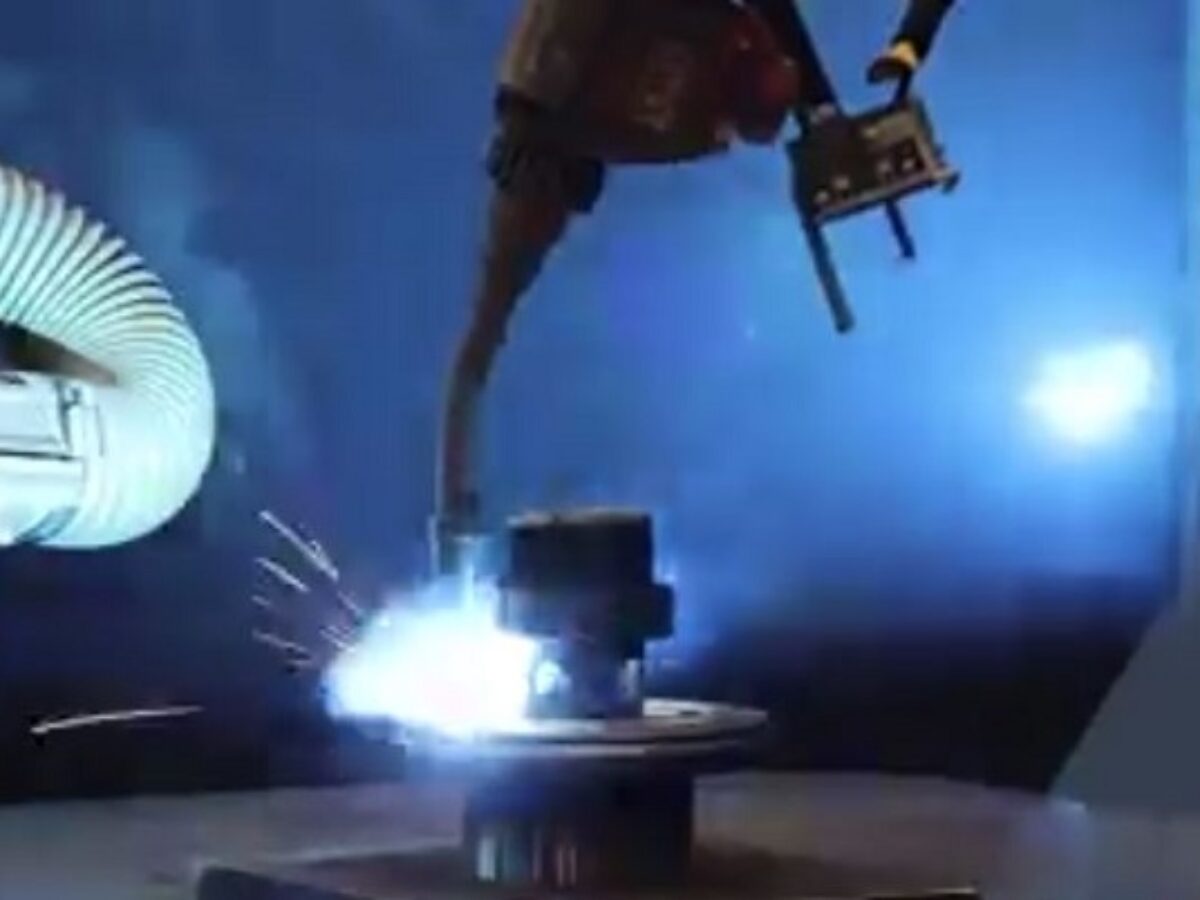Frontiers in additive manufacturing – the future of Australia’s nascent machine manufacturing sector

@AuManufacturing’s latest editorial series, Frontiers in Additive Manufacturing turns to the thriving startup world of metal additive manufacturers. Here, Peter Roberts looks back in time, and asks how can Australia make sure today’s crop of young companies grow and prosper, and remain in Australian hands.
Cast your mind back to the 1990s and the rapid growth of CNC production machine manufacturers, and there are uncanny resemblances to today’s apparently healthy crop of young Australian metal additive machine manufacturers.
The times are similar – both CNC technologies and metal additive manufacturing were and are in their relative infancy, and both see a low Australian dollar and relatively high local competitiveness.
There was and is massive interest in both technologies, sparking numerous Australian entrepreneurs to build novel machines either developed from collaborations with public sector research or from their own technologies.
And there were and are customers willing to work with startups and young companies to meet their particular needs and ambitions.
In the 90s the customer was a resurgent automotive sector, and more importantly customers world-wide – it was the first flowering of Australian mini multi-nationals. Today the eager customers are in defence, space and aerospace.
But we should all hope that is where the similarities end.
For the 90s ended mostly in disappointment for the likes of Farley, LaserLab, Machine Dynamics and Kirbys – they either failed or have been taken over with production largely offshored.
One mini multi-national has survived — ANCA — which manufactures specialised tool sharpening machines. ANCA prevailed because of strong leadership, ownership of core machine control software technology and the fact it was in a tiny niche where competitors were largely native to other high-cost countries such as Germany.
But the real killers then were difficulty in accessing capital – investors rushed to invest in speculative mining and shunned technology manufacturing which was harder to understand and perceived as more risky.
Then there was the early 2000s minerals boom and the very high for very long Aussie dollar which disadvantaged all Australian manufacturing.
Today there are numerous metal additive manufacturers doing well, three of which I will mention here because they illustrate the potential for long term growth based on their leadership and strategies and especially their technologies and relationships:
- SPEE3D 3D metal printers enable the fastest and most affordable metal additive manufacturing process in the world, according to the company. Leveraging metal cold spray technology that harnesses the power of kinetic energy, rather than relying on high-power lasers and expensive gasses, they approach ‘normal production costs’. The standout feature of the company is its deep relationship with the defence sector, which has seen its machines deployed in the field by the Australian army and on RAN naval ships where they are producing parts on demand. It is also seeing increasing recognition from US military customers.
- AML3D’s technologies are based on its patented Wire Additive Manufacturing (WAM) process, which is fundamentally a smart welding technology that is ideal for heavier, larger components such as those traditionally cast for use on naval ships. As a well understood technology, a great advantage is that the feedstock – basically welding wire – is already certified, understood and used widely in industry. On top of this the company has worked patiently with end users in defence and elsewhere to trial key parts that could be manufactured by its Arcemy WAM machines (pictured)
- And Titomic is another company with its own process – Titomic Kinetic Fusion, also based on cold spray for metal powders, including titanium, which can create industrial-scale parts and complex surface coatings. Titomic acquired fellow cold spray tech business Dycomet — now named Titomic Europe — as part of its strategy to globalise and diversify its business to include machine sales, R&D, consumables and servicing, leasing and strategic partnerships. It described the fit as complementary, with Dycomet adding a “soft-end low and medium-pressure market” offering to go with Titomic’s high-pressure application focus. The wider focus came after a change of leadership at Titomic, and the stepping down of the company’s founder – and still director – Jeff Lang.
These examples illustrate the great potential of Australian metal additive companies, but also the early stage of their journeys to maturity.
Some of the factors playing against Australian manufacturing in the past have dissipated today – the currency is low, sentiment supports local manufacturers, and once super-low wages in places like China are no longer low.
And, of course, everywhere is wary of extended supply chains and everywhere suffers the same shortages of skilled labour.
But the worry is that many of the issues evident in the 1990s are still with us today.
The tax system still favours speculative investment and unproductive investment in housing.
The financial community is wary of manufacturing – the share prices of even the most promising ASX listed young technology companies have mostly halved over the past six months.
Perhaps consumer sentiment, modest tax reform, and the dynamism of today’s additive manufacturing companies will see a better result today than in the 1990s.
For additive manufacturing is a technology in its infancy but one that has a huge future.
And a country that has ambitions to manufacture more of what it consumes cannot achieve that unless it has a vigorous machine development and manufacturing sector.
We were promised and lost one in the 1990s. Let’s not let that happen again.
Picture: AML3D’s Arcemy production cell in action
![]() Frontiers In Additive Manufacturing is brought to you through the support of VSF Large Area 3D Printers by CNC Designs.
Frontiers In Additive Manufacturing is brought to you through the support of VSF Large Area 3D Printers by CNC Designs.
Subscribe to our free @AuManufacturing newsletter here.
@aumanufacturing Sections
Analysis and Commentary Awards Defence Manufacturing News Podcast Technology Videos










